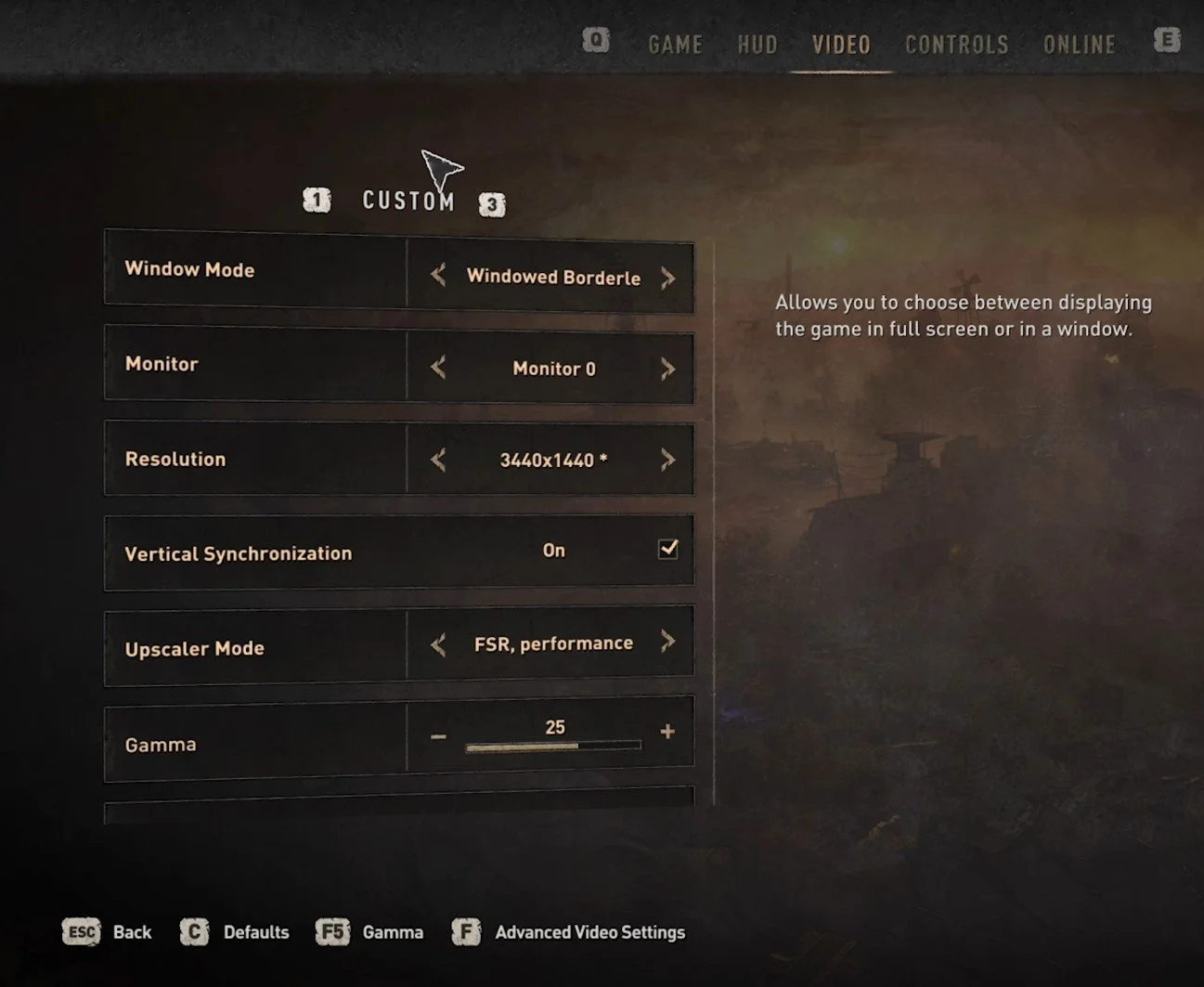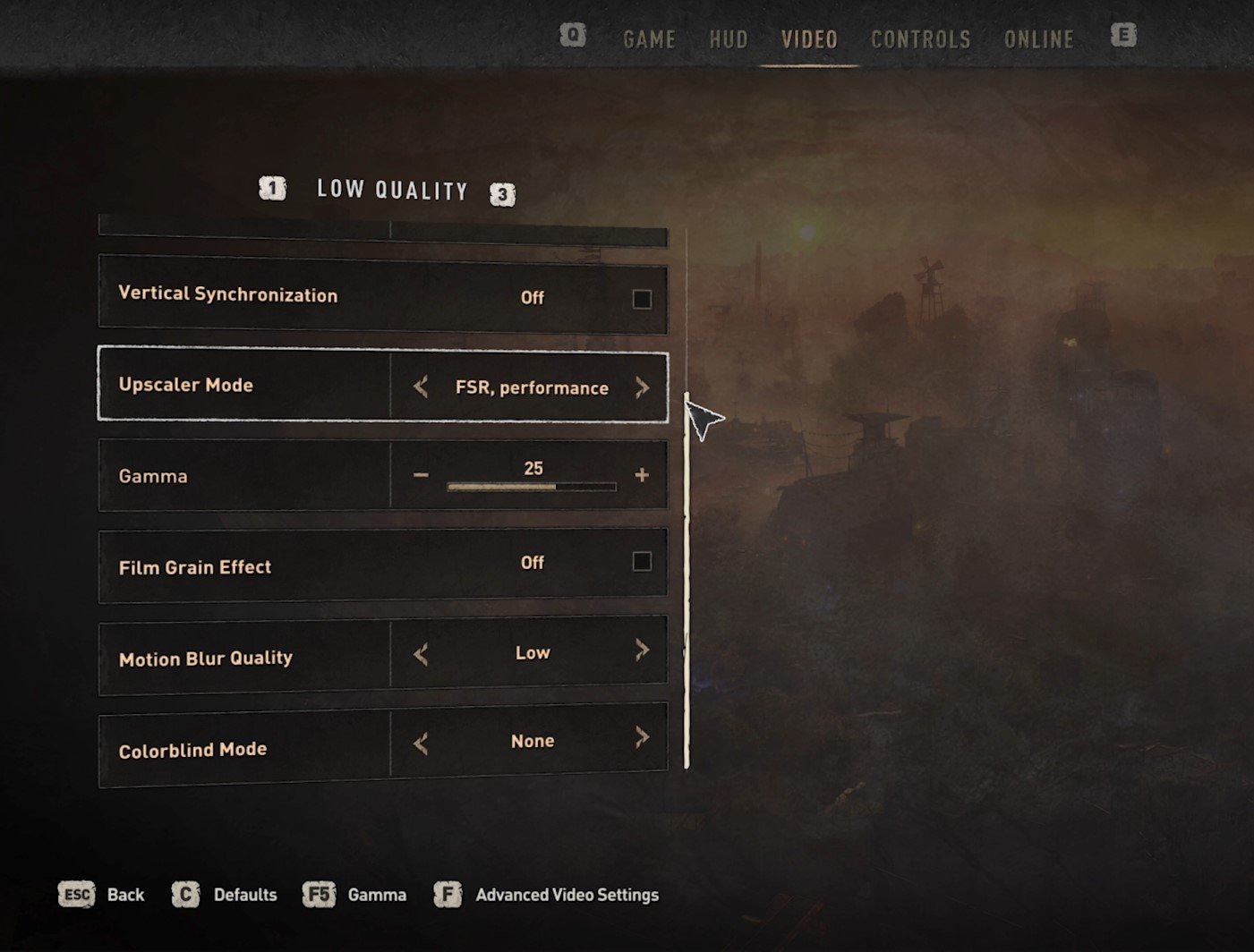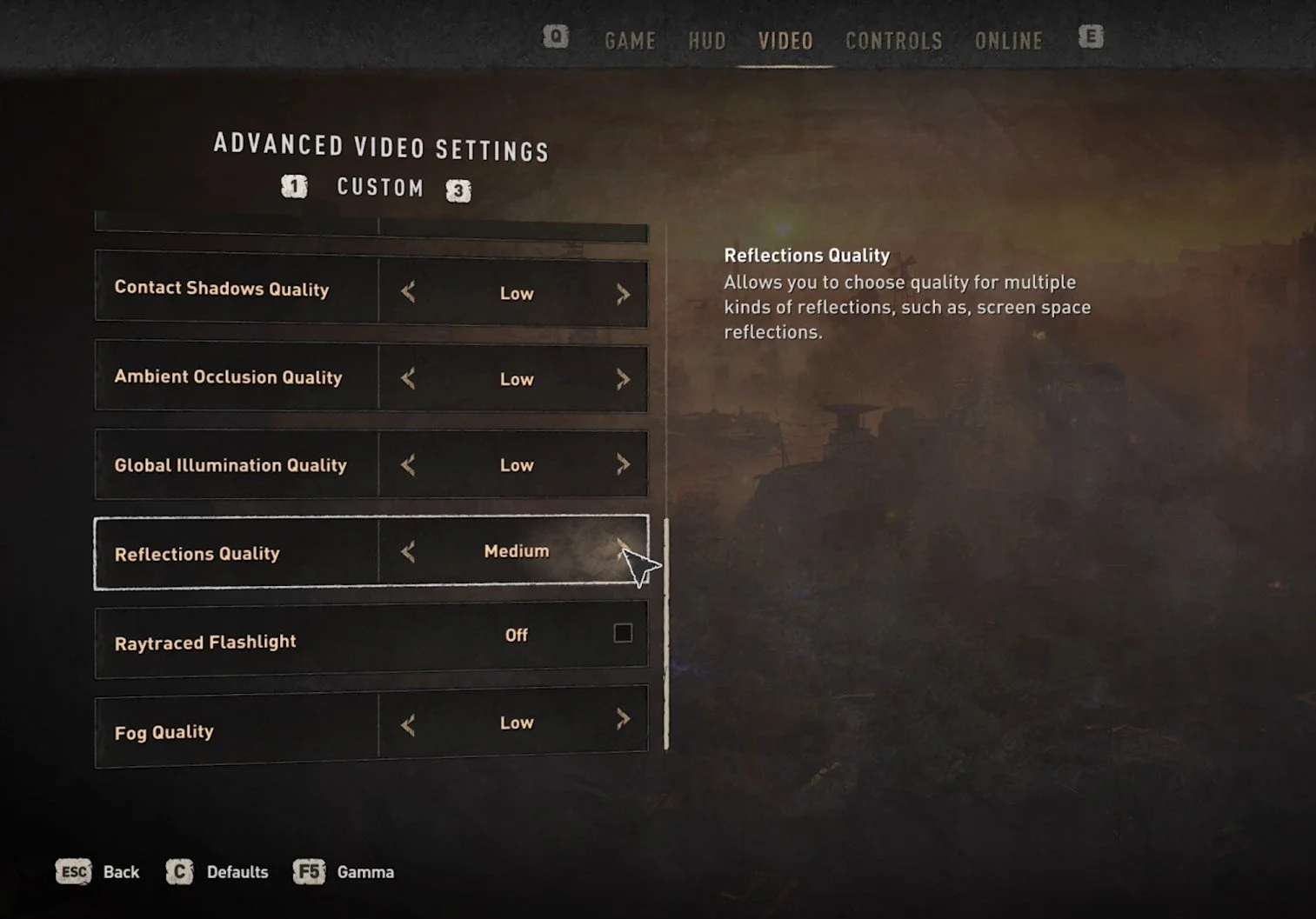Best Dying Light 2 Settings | Boost FPS & Fix Lag Guide
Welcome to the ultimate guide to optimizing the Dying Light 2 settings for a better gaming experience! If you're a fan of the post-apocalyptic world of Harran, you'll love the new and improved graphics and gameplay of Dying Light 2. However, to fully immerse yourself in this world, you'll need to optimize your game settings to reduce lag and boost your FPS. In this article, we will provide you with step-by-step instructions on how to achieve the best settings for your PC.
Best Dying Light 2 Video Settings
While in your Dying Light 2 main menu, navigate to your Options and the Video tab. Change the overall Graphics Quality option from High to Low or Medium quality. These options will largely depend on your available resources, and I will set them according to a low-end PC to get the highest performance to play the game. When you can utilize a decent graphics card, set the option to Medium; otherwise, set it to Low. Below, set the Window Mode to Borderless and not Fullscreen. This might sound counterintuitive, but it has helped fix lag and stuttering for many players.
Set the Resolution option to your native monitor resolution. Your native or original screen resolution is shown with a star behind it, to make it easier for you to locate. Disable the Vertical Sync option unless you experience screen tearing.
The Upscaler Mode option can greatly impact your performance, as it can help you upscale your in-game resolution and help get a much higher frame rate. If the DLSS Quality option is available to you, select it. This will use your graphics card to upscale the graphics quality and help you get a more stable frame rate. Another good choice would be the FSR Quality mode. Quality means the game tries to leave you with some good visual quality while getting more FPS.
For very low-end PCs struggling to run the game, it’s suggested to set this option to DLSS Performance or FSR Performance. Below, change the screen brightness with the Gamma option slider. This will have almost no impact on the game’s performance.
Dying Light 2 Video Settings
Most players prefer to disable the Film Grain Effect, but this will be up to your preference. Adapt these settings while in-game to see what works best for you. The Motion Blur Quality setting will blur your image when looking around while in-game and can make it easier on the eyes of some players. Lastly, in your basic Video settings, enable the Colorblind Mode if you’re colorblind.
Dying Light 2 Video Settings > Upscaler Mode
Dying Light 2 Advanced Video Settings
To further optimize your Dying Light 2 settings, navigate to your Advanced Video Settings using the F key. Set the Renderer Mode to DirectX 11 or 12, depending on what is available to you. In most cases, you will want to choose the highest DirectX version. Don’t use the Raytracing Renderer; you don’t want to reduce your framerate to 0 when enabling Raytracing on a low-end PC or laptop. If the game chose the wrong monitor when launching the game, enable the Asynchronous Compute option, otherwise, leave it disabled.
Dying Light 2 Advanced Video Settings
Change the Game Screen Size option to reduce the game's graphics quality and drastically increase your performance. This option will greatly impact the game's visual quality, so make sure to reduce it by a bit to see the difference. For low-end PCs, set this option to around 95 and play the game to see how much it helped. Below, you can change the upscaling Sharpness. The default value should be 45, which is a good start. Some players prefer to use a sharpness of around 30. The Field of View option will not have much impact on your performance. This option will show you more or less of the observable world, and I like to set this option to around 11.
To get the most performance, you will want to reduce the following settings to a minimum. Especially your Antialiasing Quality should be set to Low. Set the Sun Shadows Quality to PCF, giving you more performance when rendering sun shadows. To get more immersed while in-game, you can increase the Reflections Quality to Medium or High, as it will not significantly decrease your performance. The game might need to restart to apply some of these changes when you’re done, and you should experience a much higher frame rate when playing Dying Light 2 on your PC or laptop.
Dying Light 2 Video Settings > Quality Settings













